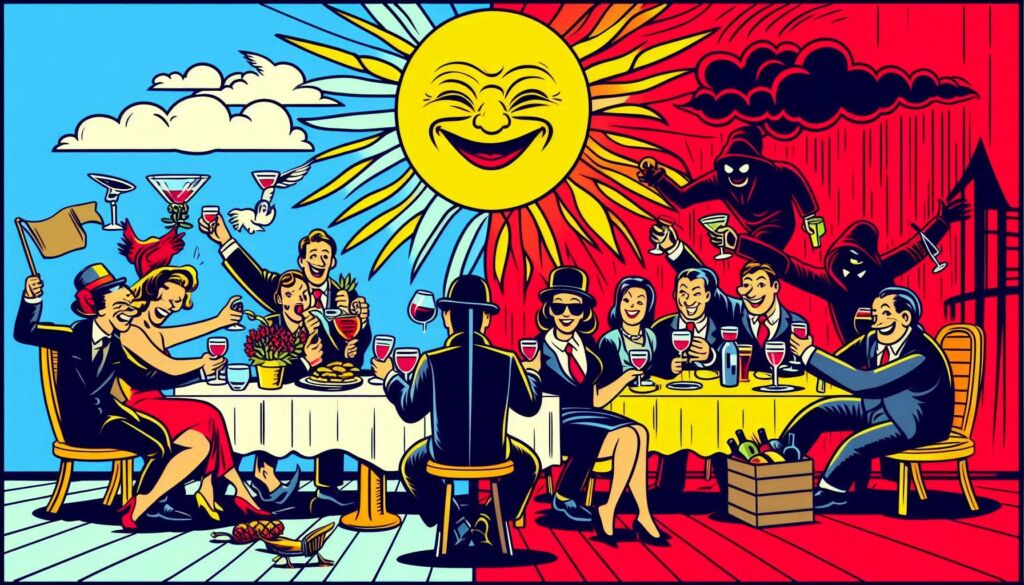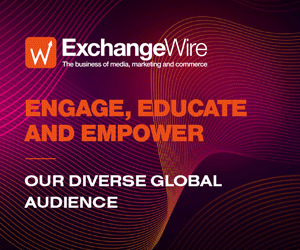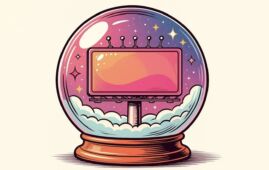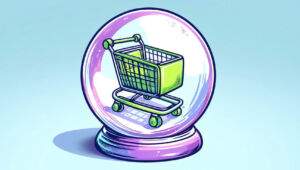The End of Everything (Except the Actual Ad Tech Problems)
by Shirley Marschall on 23rd Jul 2025 in News

In her latest weekly column for ExchangeWire, Shirley Marschall examines the darker side of the advertising technology industry, and how genuinely examining and questioning these flaws can help the sector to move forwards.
The end of [insert buzzword of the day] is being declared an eye-rolling amount of times per day.
Heard about "the end of" fraud, disinformation, bots, competition, privacy, piracy, brand safety, slop, deepfakes, you name it… recently? No? Exactly. These aren’t the fun and sexy topics. Not award-worthy (well… unless you’re counting that one awards fraud scandal).
But life isn’t all rainbows and flowers, and we shouldn’t(?) just go around celebrating the ad industry without talking about the other side of the story. The good, the bad, and the ugly.
Is it more exciting to chase the next shiny thing? Of course. That’s what keeps conferences buzzing, headlines churning, and execs keynote-ready. But seriously? We’re all adults. Shouldn’t we be slightly less distractible than a cat with a laser pointer?
It’s honestly mind-boggling how this mess - an underbelly of fraud, manipulation, and chaos - is still alive and kicking, when everyone in the industry knows it exists. It’s not new. It’s not shocking. It’s not even controversial anymore. And yet, somehow, it remains business as usual.
"We have spent almost twenty years normalising an activity that should not be normal - in fact, it should not even be legal." Bob Hoffman says it out loud.
Shouldn’t be legal but it is… "the digital advertising industry has grown into a USD$750bn (£557bn) juggernaut. It is largely unregulated, deeply opaque, and increasingly harmful." Check My Ads
And even when the scandals break through, the kind of thing that should shake the foundations (remember CSAM…), the outrage barely lasts a week. The formula is predictable by now: Outcry. Denial. Polished statement. Quick fix. Forgotten.
A 24-hour reform cycle, tops. Sometimes two weeks, if someone starts a LinkedIn thread.
Yes, there are people and companies fighting the good fight. But it’s an uphill battle, the David versus Goliath kind, except David’s funding has been slashed, and Goliath is now algorithmically optimised and vertically integrated.
And to make things worse? We’re not just fighting the good fight. We’re fighting over it.
It usually starts with an Adalytics report. Then the platforms involved release carefully-worded takedowns, heavily questioning the findings. Sometimes it escalates into full-on legal threats. The very players who should be working together are now shouting each other down instead… leaving advertisers stuck in the middle, confused and quietly complicit, while the gap between ambition and execution just keeps growing.
Meanwhile, regulators (bless them…) are either too slow, too timid, or too late. Their convoluted, years-long processes end up regulating problems that have already evolved, disappeared, or mutated into something even messier. And in the meantime, those who never cared about rules in the first place? They keep moving, growing, profiting.
Of course, self-regulation was supposed to fill the void. Spoiler: it doesn’t. Not because the idea is inherently broken but because the incentive structures are.
And no, this isn’t just about painting Big Tech as the villain… ok, it is a bit. Because Big Tech, let's admit that even if this wasn’t intentional, you did create a monster. An addictive, data-devouring, monopoly-fuelled, engagement-maximising monster. It doesn’t just influence our digital lives, it designs them. It feeds on user attention, monetises outrage, and hides behind PR statements while its shadow side thrives.
Take YouTube’s latest announcement to crack down on AI-generated slop. Yes, they “prepare to crack down”, just like they’ve prepared to crack down on piracy, misinformation, and low-quality spam for over a decade.
Sure, they’ll try. Maybe they’ll even catch 1% of it. But the other 99%? It will blend in, evolve, and keep monetising… quietly. And yet, YouTube will get to send out a press release declaring victory. Again.
Which brings us to advertisers and agencies, the “not-my-fault” crowd. You selected the vendor. You ticked the box. You added the keyword list. Done. Innocent. Bulletproof. Right? Wrong.
Advertising is not neutral. Never was.
It’s not some passive side effect of the internet…it is the internet. Digital US ad spend surpassed the USD$300bn (£223bn) mark in 2024 (Europe exceeded €118.9bn (£103.0bn) in 2024) and it’s constantly growing… Behind that number are entire industries. Agencies, platforms, publishers, engineers, creators. That’s not just product distribution, that’s an entire economic infrastructure. Funding the good, the bad and you guessed right, the ugly.
That kind of influence isn’t neutral. And it sure as hell shouldn’t be directionless.
But - yes, another but - even ChatGPT knows how this ends:
Prompt: Will AI slop impact advertisers’ investments in YouTube, given piracy content, low-quality UGC, and repetitive brand safety issues haven’t? Just yes or no.
ChatGPT: No.
And as AI takes center stage, it doesn’t replace these problems, it scales them.
More difficult to detect, regulate, or even understand. Yay. Fraud gets faster. Misinformation gets more believable. Slop gets more watchable.
The bad actors? They’ve already joined the party. They have tools, loopholes, models, automation, scale, and lots of motivation!
And you? Don’t want or don’t dare to speak up? Understandable - the ones asking inconvenient questions often get branded as anti-innovation, anti-growth, and anti-future.
Maybe continuing to fund this system without questioning it is the real anti-future move.
Then again, maybe this article is a waste of time. Maybe it’s easier to go back to La Croissette, drink the Kool-Aid, give each other awards, and pretend everything’s fine.
That’s not being pessimistic (well, maybe a bit but then again, this is an ugly topic)… watch the documentary Dirty Money and you‘ll understand.








Follow ExchangeWire